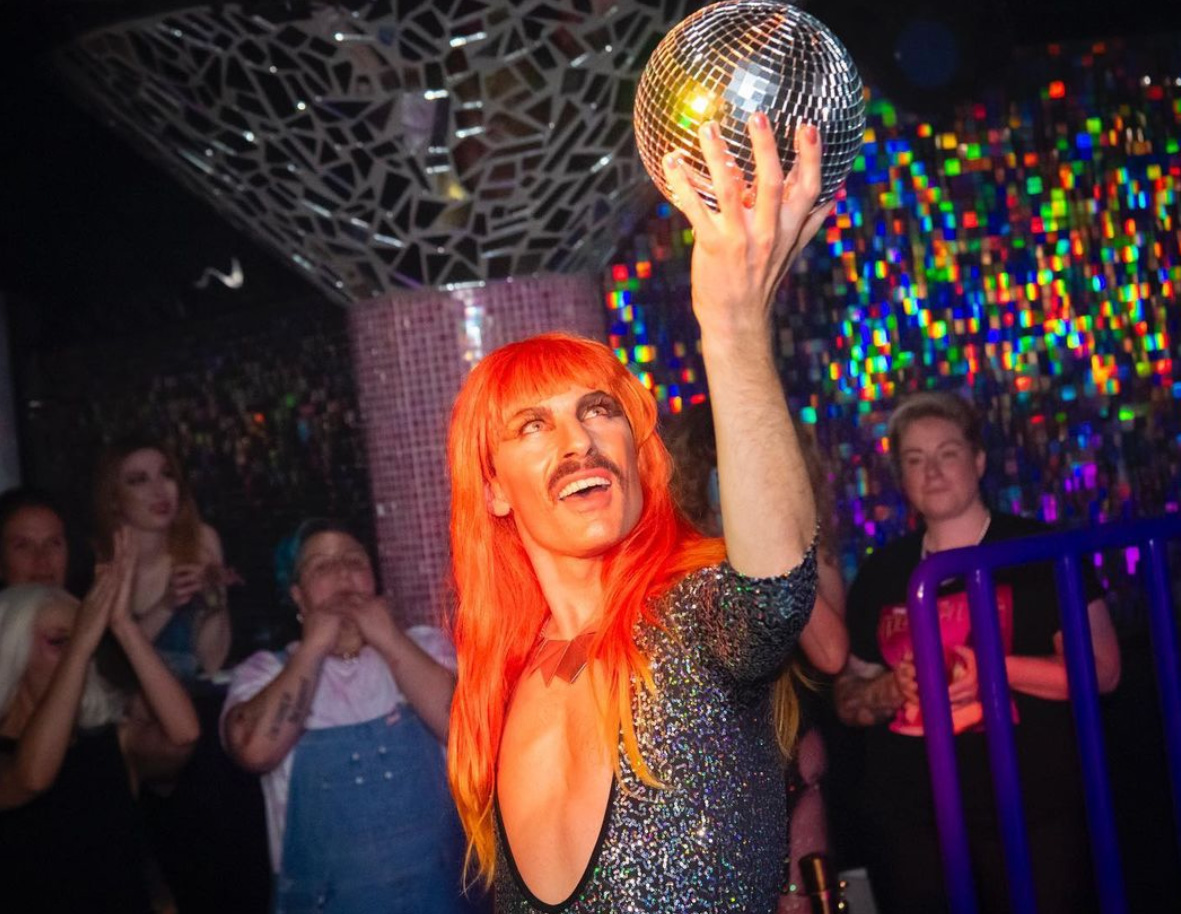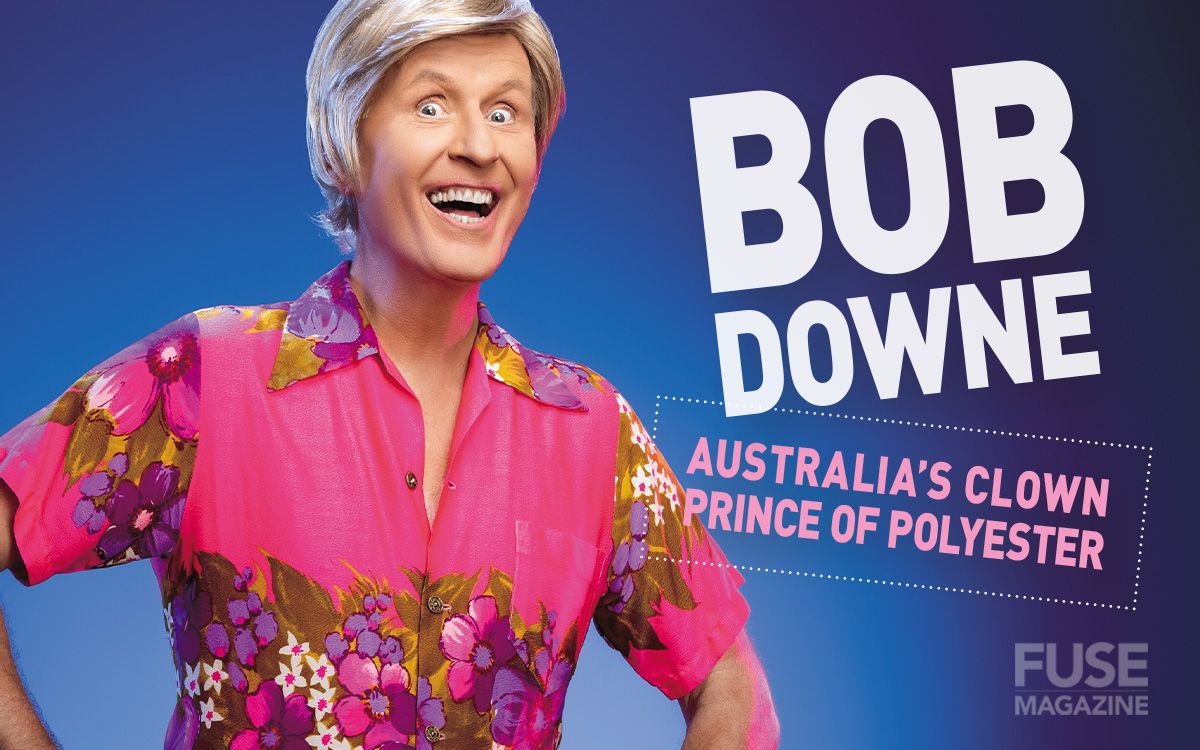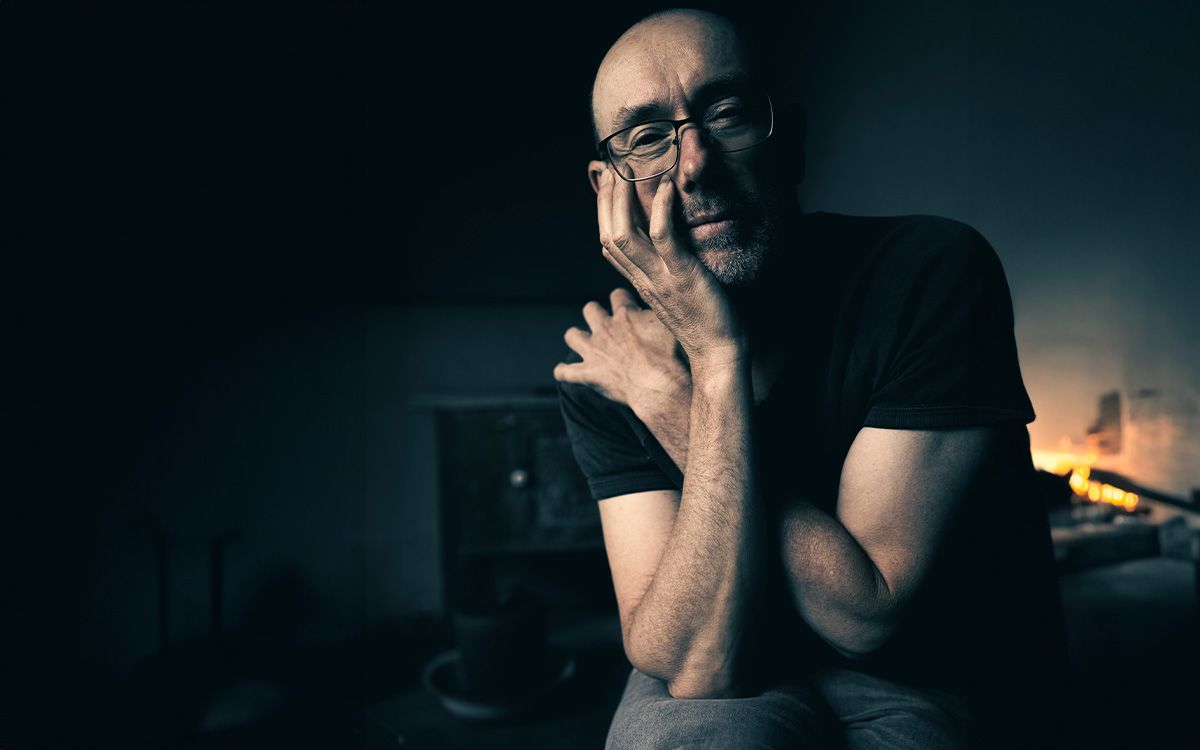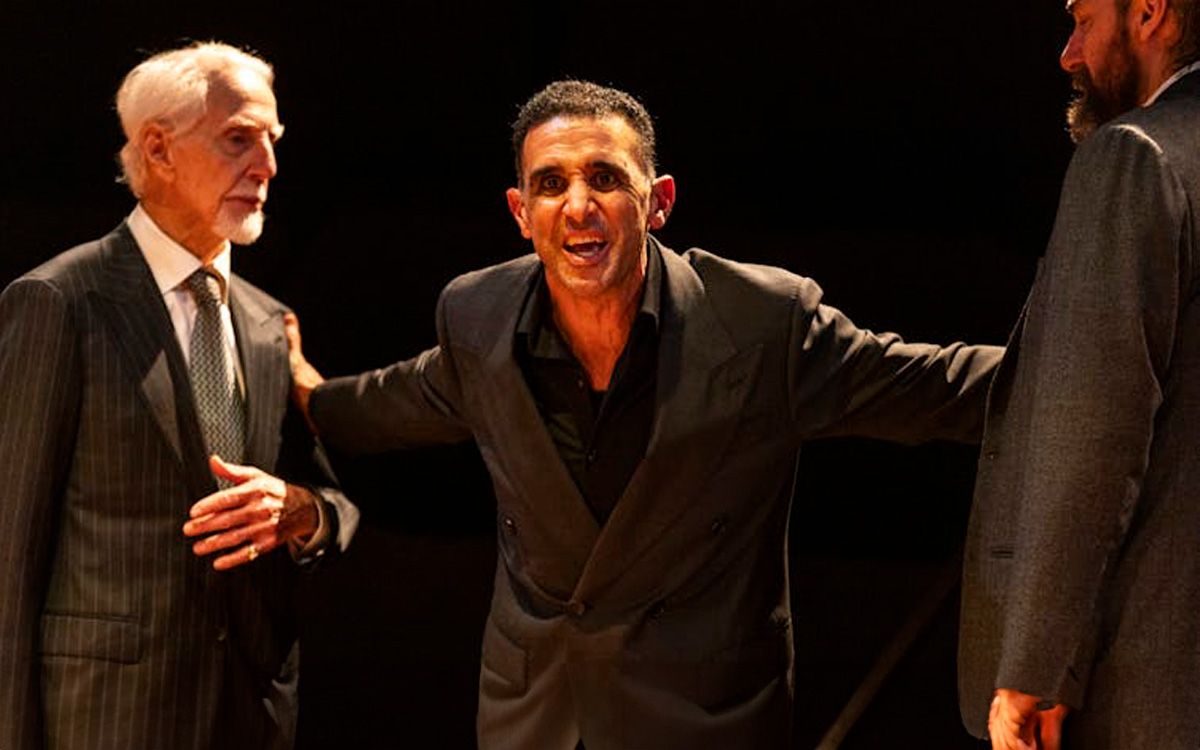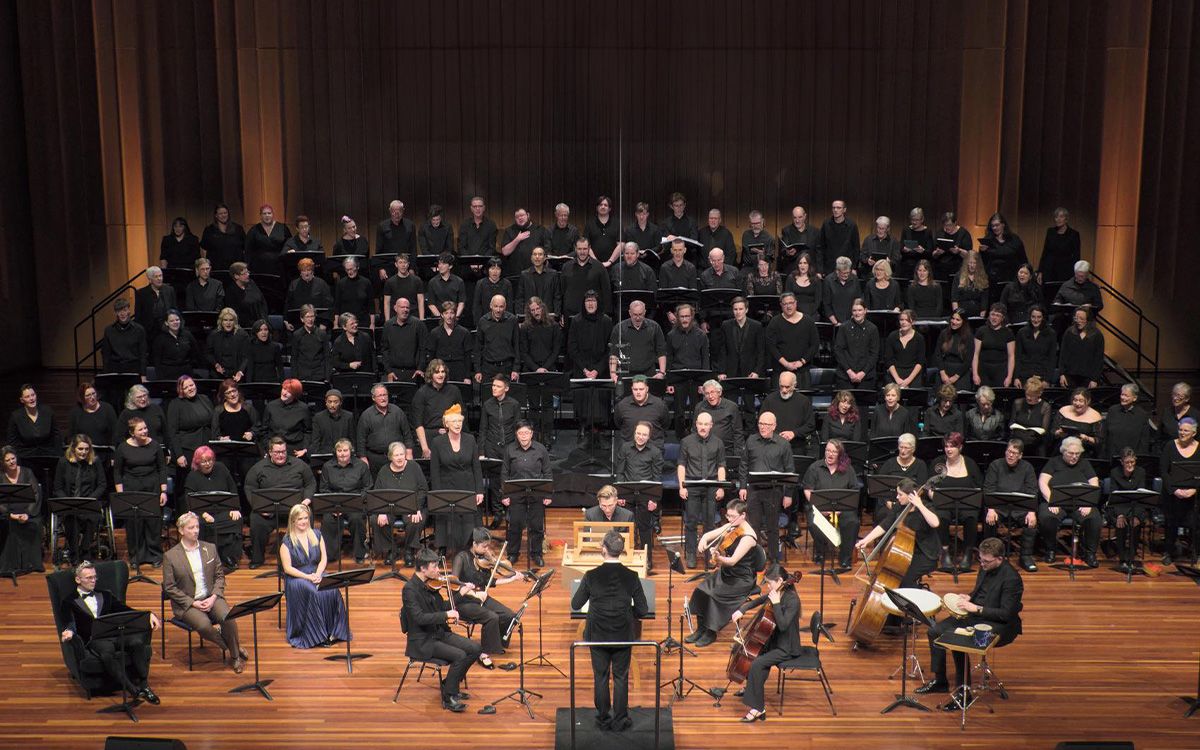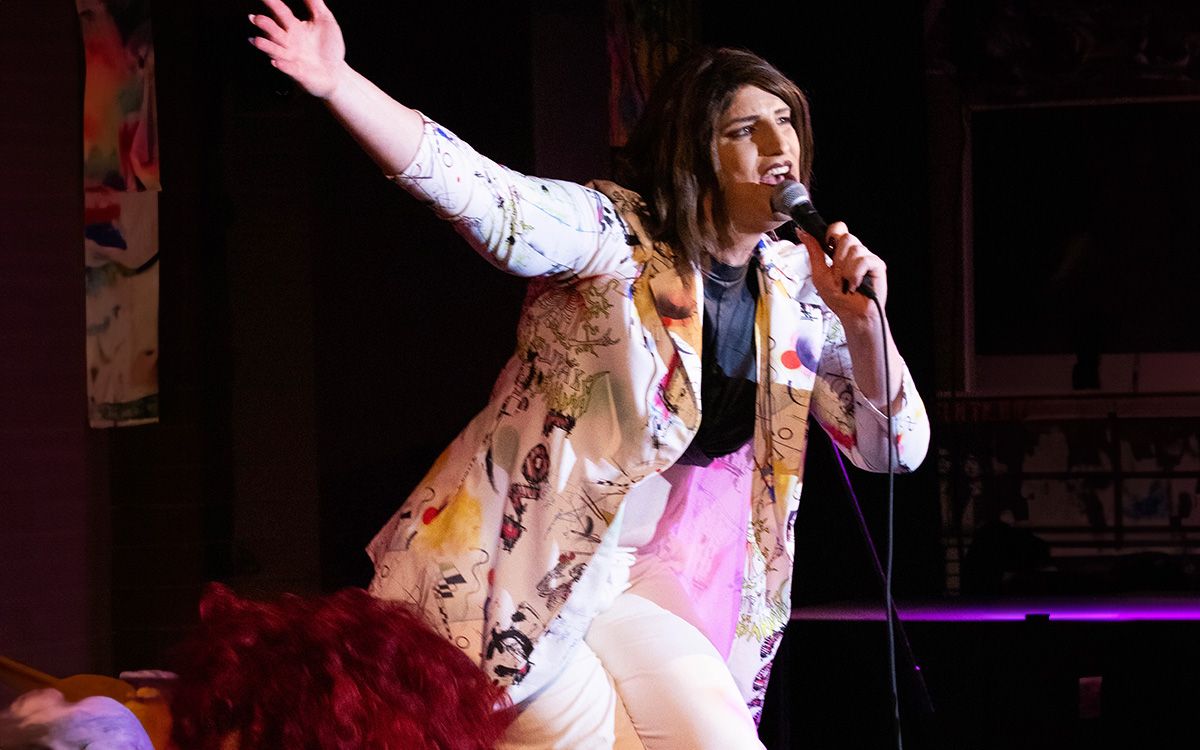Venus Mantrap : Androgynous construct

A self-described “androgynous construct”, Venus is a much-loved mainstay in Canberra’s LGBTIQ+ performance spaces. Their unique take on drag performance, merging elements of cabaret, performance art and comedy, has captivated Canberra audiences for over 15 years.
Among other things, Venus currently hosts ‘Fright Night’ — an eclectic program of edgy and nostalgic cult films at the National Film and Sound Archive’s Arc Cinema. David Blanco from FUSE spoke with Venus Mantrap about life in the suburbs, their performing career and latest incarnation as a cult movie emcee.
So, who is Venus Mantrap?
Venus is like a suit of armour. The character was developed almost subconsciously in my early 20s. It’s taken years to comprehend why I busied myself crafting this figure, but I’ve realised that Venus Mantrap wasn’t just an extension of my art practice but of myself, and it gave me opportunities to stand a little taller, to find my voice and to reclaim power. For me, drag has become therapeutic — a lifeline that pushes me to unpack obstacles, to ask questions or untangle issues — personal, social, or political.
Growing up in the Tuggeranong Valley inspired your show ‘Valley of the Molls’. Has growing up in Canberra influenced other performances?
‘Valley of the Molls’ was a cathartic retelling of coming of age in the Tuggeranong Valley, which was not a great time for me. It was important for me to tell my story as a way of arriving at a place of peace about it whilst also acknowledging that good things can come out of challenging times. For me, it was a journey of light and dark.
Growing up in Canberra has coloured my performances. Canberra influences my work because I make art here for local audiences. It’s a joy and privilege to cut your teeth in a safe space with a supportive community holding you as you fumble forward or fail while daring greatly.
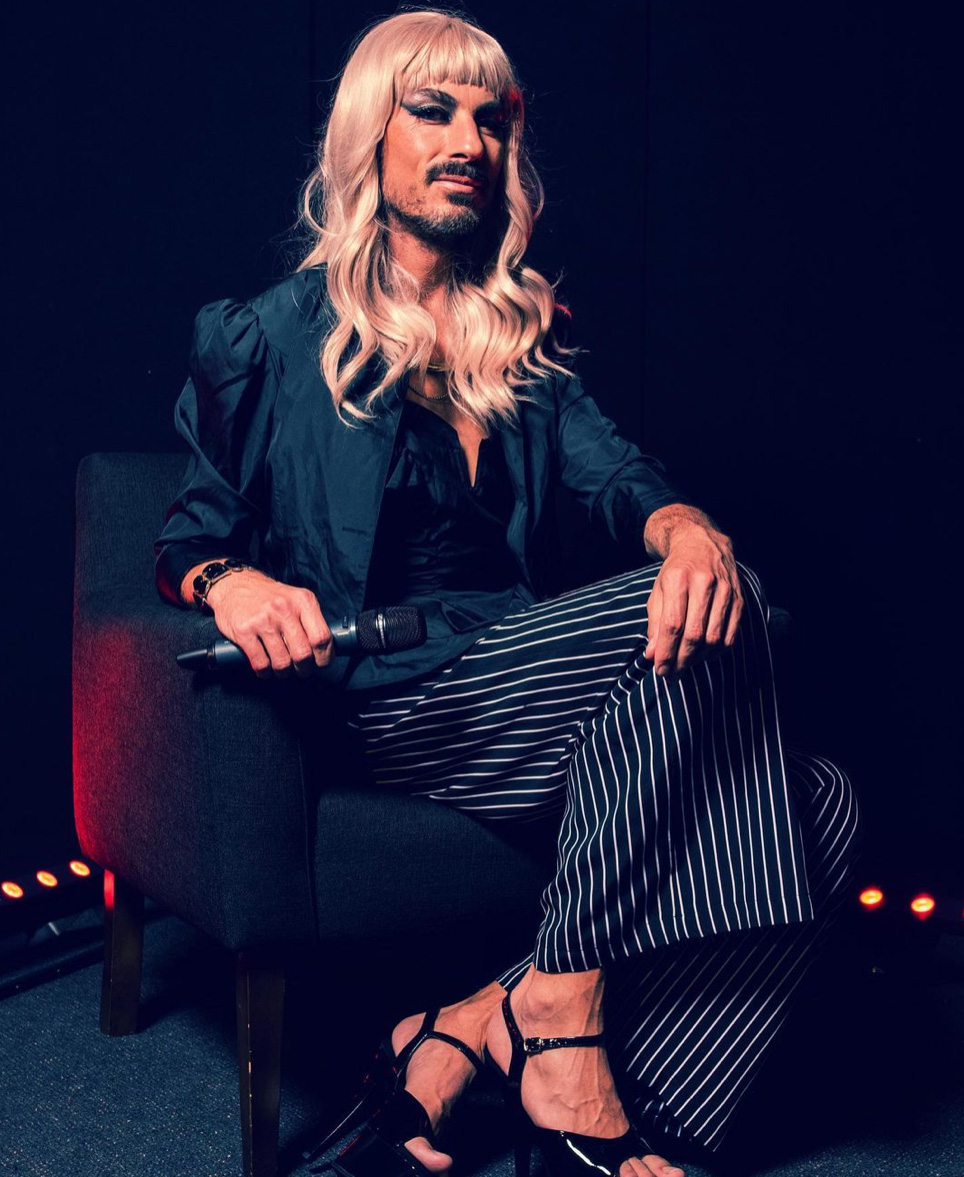
Photo by Nathan J Lester. Venus Mantrap at Arc Cinema National Film and Sound Archive.
You’ve spoken about your teenage years, the hostility you felt from your peers and the feeling that you didn’t quite fit in. Did this cement your desire to perform?
I’m not sure it cemented that desire, but it provoked me to step up. It took a long time to figure out why I was performing. When I was younger, I did drag, but I didn’t know what the driving force behind it was.
Back then, my drag name was Fannii Minogue and people expected me to be a Minogue impersonator, which I wasn’t, but it meant I was expected to deliver a polished pop performance, and I had no interest in stepping into that role.
I remember in the early days being booked to perform at an 80s-themed birthday party. In frustration, I decided to abandon the expected Cyndi Lauper and Kylie Minogue repertoire and ended up doing a song by the Divinyls called “Boys in Town”, which is raw and caustic Aussie pub rock.
I came to life during that performance, and it flicked a switch in me to reflect on my reasons for doing drag. I realised the song mirrored my adolescent turmoil and helped me come to terms with it. After that, I started to seek out music with similar themes.
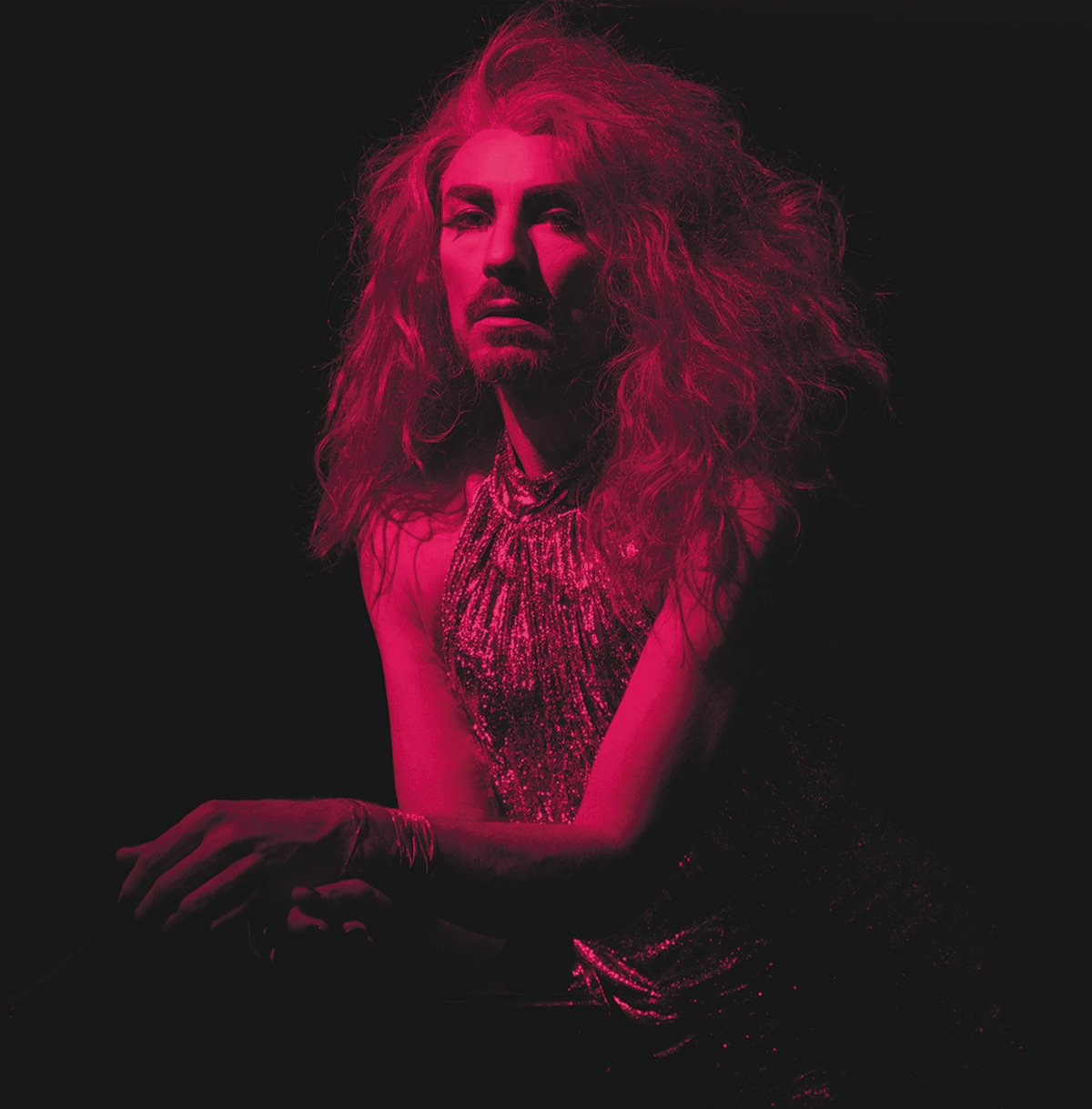
Photo by Cassie Abraham.
What are your thoughts on Canberra’s LGBTIQ+ performance scene?
Canberra is populated with innovative artists, producers, events and performance spaces.
There’s also lots of humour and spirit. When I attend events and variety nights, I’m always left with a sense of joy and positivity. There’s an incredibly dynamic exchange of energy between local performers and audiences.
How have you been supported by Canberra’s LGBTIQ+ community?
As an artist, you step into vulnerable spaces. Being in front of an audience and doing your thing is not easy. But if you’re held by a community that is there to hear and witness you, that’s a major support. Earlier, I referred to failing while daring greatly and I did that as a younger performer. To a certain extent I still do, but to be held by an audience that allows those opportunities is priceless.
Canberrans and the local LGBTIQ+ community are great supporters, but as a society, we don’t really value the arts in a sustainable way. Most artists aren’t paid well for what they do. I’m seeing way too many peers getting to a certain age and having to make very practical and often heartbreaking decisions about their art. In Canberra, there are welcoming spaces and audiences that allow artists to find their voice, but people need to pay the bills too.
What does community mean to you?
It’s all about connection — an ongoing dialogue where people are given opportunities to listen and be heard. It’s about finding your people and being supported by networks. I’m fortunate enough to have found a sense of belonging in diverse communities where the common thread is that we show up for each other in a multitude of ways.
I sense that the art you love is embodied in Venus Mantrap.
As a performer, I feed off the energy I put out. I don’t perform music that I don’t feel on a cellular level. In the rehearsal process, if the hair on my arms doesn’t stand up or I don’t get a shiver up my spine, the material is not doing the job and I scrap it. Lately, I’ve found the music and stories I’m drawn to are slower. The quiet spaces in my performance allow me to hold the audience with total confidence. If I present something that isn’t in possession of grit or substance, it’s a lost opportunity.
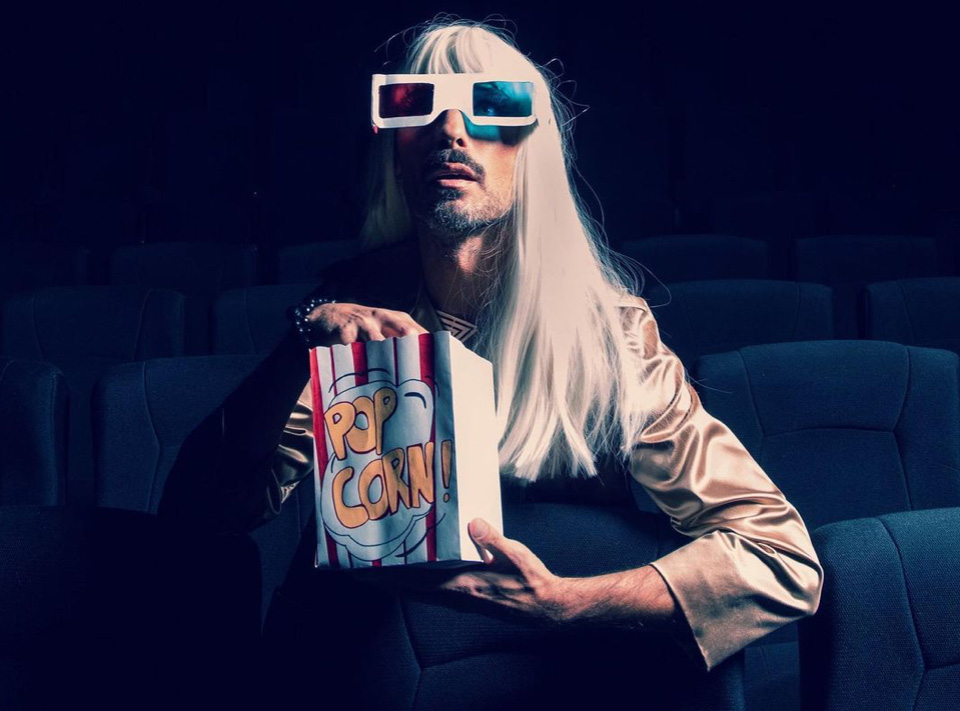
Photo by Nathan J Lester. Venus Mantrap at Arc Cinema National Film and Sound Archive.
Could you tell our readers about ‘Fright Night,’ the program of cinema you have curated for Arc Cinema at the National Film and Sound Archive.
I’m a total sucker for nostalgia! During lockdown, I revisited films from my adolescence and found real comfort in the craft of storytelling from 80s and 90s cinema. In a moment of brazen audacity, I pitched the ‘Fright Night’ program to the NFSA, who took a leap of faith and gave the proposal the go-ahead.
The idea was to present films in dynamic ways instead of watching them at home on my laptop.
It’s an opportunity to revisit films that look exquisite on the big screen and invite conversation and connection through different perspectives.
‘Fright Night’ has really taken off and I’ve just finished drafting the program for 2024. At a recent screening of the 80s vampire cult classic, The Lost Boys, parents came with their kids, and it really threw me! It was beautiful to see parents introducing this beloved film from their own adolescence to their teenage kids.
Who are your local heroes?
“Hero” is an interesting term. Anyone with the will or drive to do their thing, whatever that may be, is hugely impressive to me. As I mentioned, there’s so little money in the art world and not much value ascribed to it by society, so anyone performing and striving to hone their craft, which often involves falling flat and getting back up — is heroic to me. I don’t think we sufficiently acknowledge or celebrate the resilience of artists and performers. If you add the unique experiences of LGBTQIA people — what we navigate and the loads we carry — the term really resounds. I won’t name names, but I can confidently say that Canberra is full of heroes!
